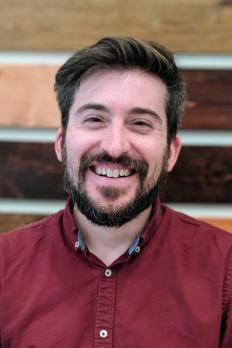
Aaron D. Milstein, PhD
Education
Bio
Aaron Milstein is an Assistant Professor in the Dept. of Neuroscience and Cell Biology and the Dept. of Neurosurgery at Robert Wood Johnson Medical School, and a resident faculty member at the Center for Advanced Biotechnology and Medicine. As a graduate student with Roger Nicoll, he integrated molecular biology and electrophysiology techniques with mathematical modeling to study synaptic transmission in the hippocampus, a brain region required for spatial and episodic memory. During a postdoc with Jeff Magee and Sandro Romani, he combined direct intracellular recordings from neuronal dendrites with biophysically detailed computational modeling to study how the integrative properties of neurons with extended dendrites contribute to the spatial memory function of the hippocampus. This work led to the discovery of a novel form of synaptic plasticity in which dendritic calcium spikes rapidly modify the spatial tuning of hippocampal place cells in as little as a single trial. As an Instructor mentored by Ivan Soltesz, Aaron developed large biologically-detailed neuronal network models to dissect the circuit components of memory and dysfunction in epilepsy.
Research Focus
Assistant Professor of Neuroscience and Cell Biology
Assistant Professor of Neurological Surgery
